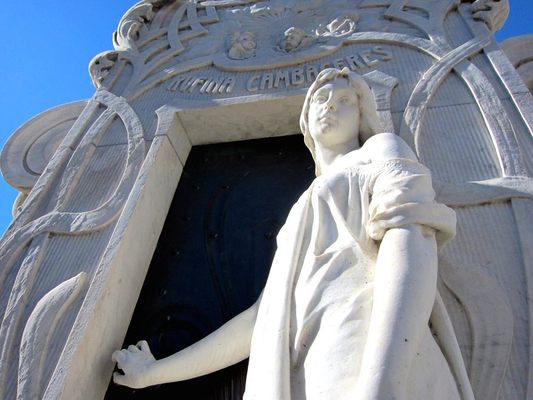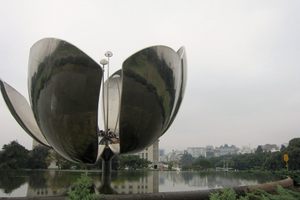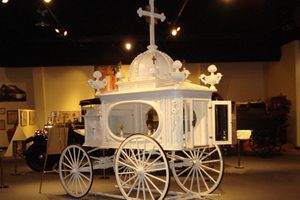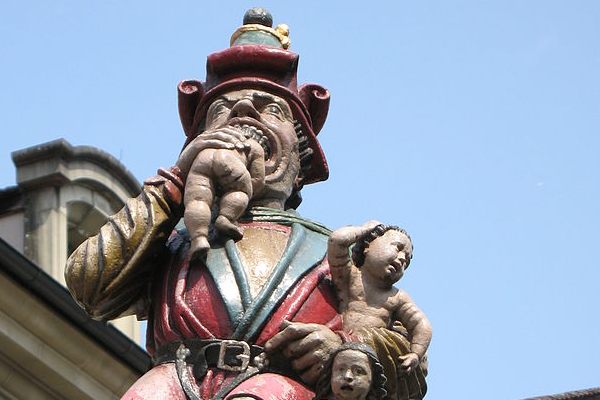About
The Cementario de la Recoleta in Buenos Aires, Argentina, is easily one of the most beautiful cemeteries in the world. Designed by French engineer Próspero Catelin and remodeled in 1881, the cemetery is a Victorian neoclassical explosion, with ornate mausoleums at every turn.
Meant to house Argentina's rich and famous, the crypts and gravestones are huge baroque masterpieces, mimicking the architecture of the city's wealthy houses. Among the cemetery's elite are Eva Peron, Nobel winner Luis F. Leloir, and Isabel Walewski Colonna, grandchild of Napoleón Bonaparte. One gravestone not belonging to anyone particularly famous, however, embodies one of the cemetery's most interesting—and horrifying—stories.
Rufina Cambacérès was born into a wealthy family, heirs to a large cattle fortune, and her father Eugenio Cambacérès, was a well known writer and politician. Rufina suffered an early tragedy when her father died of tuberculosis when she was only four years old.
In 1902, Rufina was nineteen and had grown into a beautiful young woman, and something of a Buenos Aires socialite. While getting ready to attend a show, Rufina suddenly and without warning collapsed onto the floor. (Many modern versions of this story include a bit about this being caused by a scandalous revelation, something about her boyfriend sleeping with his own mother, but this is almost certainly a fabrication added on later to spice up the story.) Doctors were called in, and supposedly all three doctors pronounced the young Rufina dead of a heart attack. Rufina was put in a coffin and sealed in her mausoleum, and a funeral was held.
A few days after the funeral, a cemetery worker found that the coffin had moved within the crypt and the lid was broken in places. Fearing grave robbery, he opened it to find something even worse—scratch marks covering the inside of the coffin, and Rufina dead, hands and face bruised from having tried to break her way out of the coffin.
The explanation doctors were said to have given later is that Rufina had suffered a attack of "catalepsy" (the classic buried-alive diagnosis, and the one used in Edgar Allan Poe's "The Premature Burial") and later awakened in her coffin, only to die of exhaustion and shock.
Or so the legend goes. The tale has all the earmarks of a urban legend, and, as it is quite difficult to find any evidence to support it, it's almost certainly untrue. What actually happened to Rufina is difficult to determine, though she did die at the age of nineteen, and the part about a cemetery worker finding her casket moved and broken may be true as well. The rest is likely the result of overactive local imaginations.
Her tomb is a stunning Art Nouveau masterpiece and features a full-sized statue of Rufina holding the door to her own mausoleum, said to have been built by her mother as a tribute to what happened to her.
Related Tags
Community Contributors
Added By
Published
June 1, 2010
































